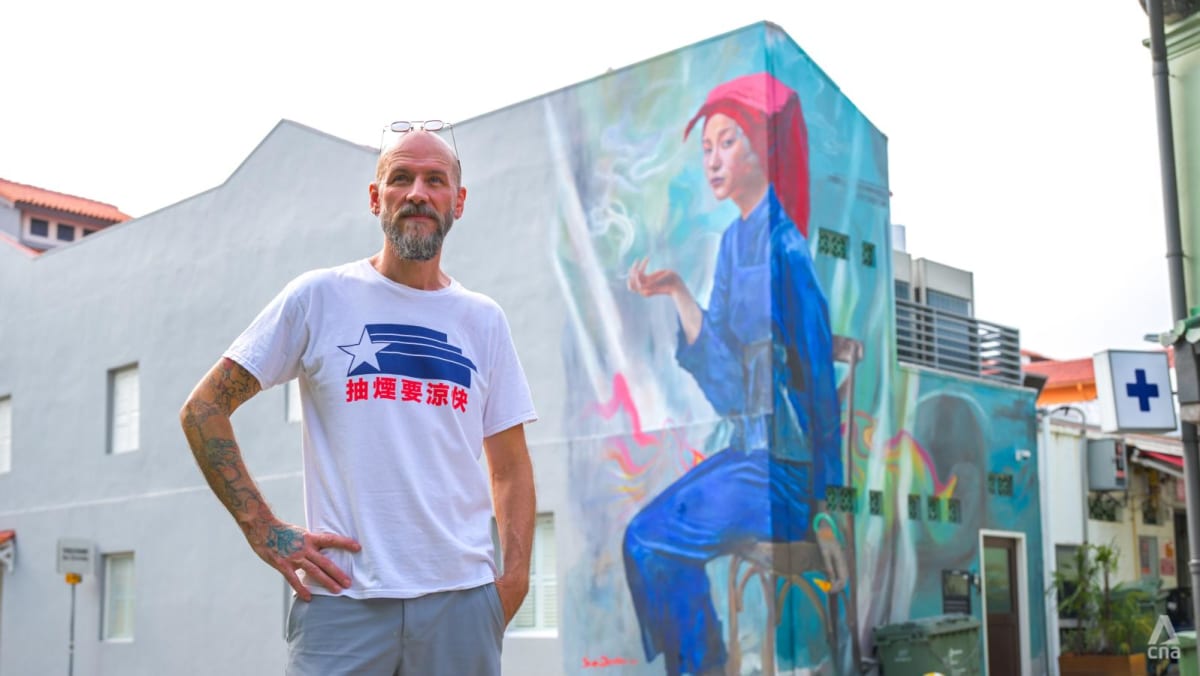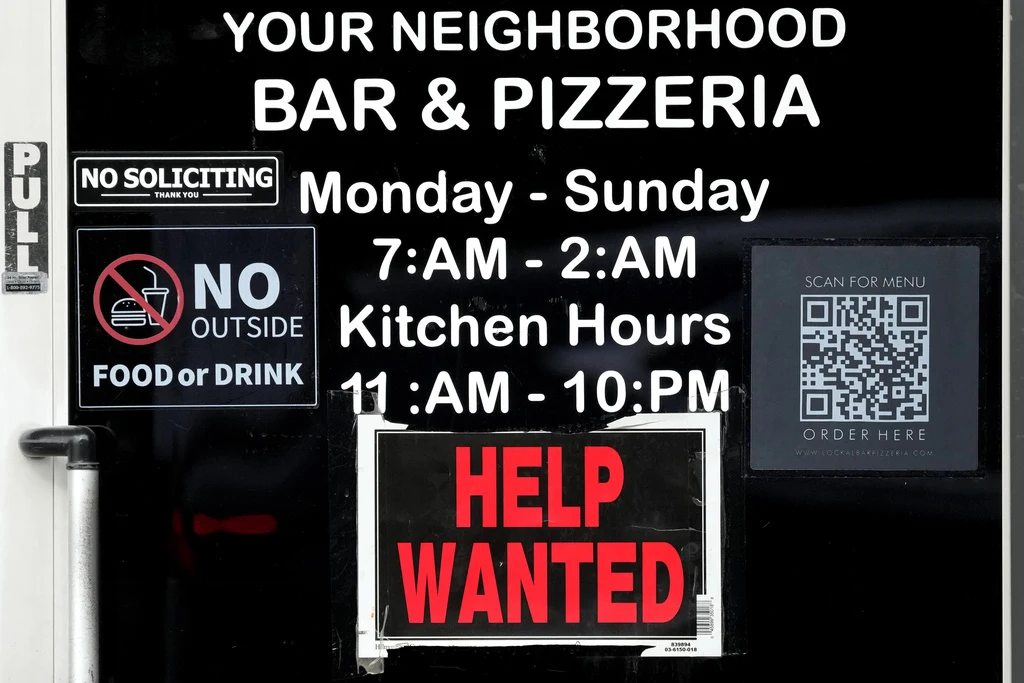Still, he couldn’t quite pinpoint the source of his discomfort, until he attended an exhibition at Gajah Gallery located in Tanjong Pagar Distripark: Customised Postures, (De)colonising Gestures.
The exhibition was about “reshaping the colonial lens, the colonial gaze, and about how contemporary artists interpret these old photographs”, he shared. And it “opened my eyes to why the photos felt like this”.
Ironically, Dunston’s critics, including AWARE in their initial statement before they apologised for misinterpreting his work, accused him of this same stance that he’d taken pains to counter. “I know what they’re talking about. (The gaze) does exist. There’s a lot of it and it’s a real thing. But I felt really bad that they thought that was also me,” he recalled.
“I wasn’t thinking that I wanted to make (the samsui woman) glamorous. Just not filthy, just not roughed up. I’m sure that they were, at certain points, in new uniforms.”
As for the cigarette in the mural, the initial point of contention for authorities, it was essentially the only object that felt right. “At one point, we were like, maybe she could have a chicken. The chicken didn’t work out. At another time, she didn’t have anything in her hands; her other hand was in her lap,” said Dunston.
“We just liked the image with the cigarette best. It’s just one of those things where you’re looking at it, and my client and I decided together that that was the best option.”







